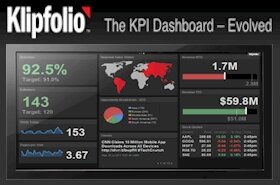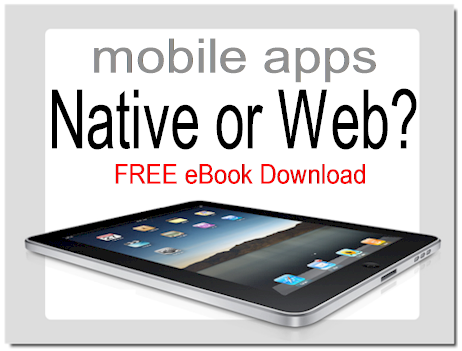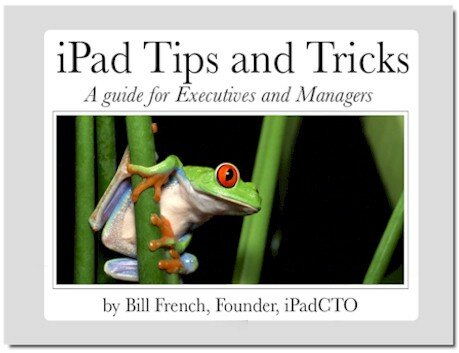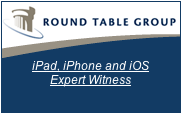In an age of mobility, healthcare is changing in profound ways. In almost every sense of healthcare, the needs of consumer health-related services occur while away from home. If you aren’t in a doctor’s office or an ER waiting for care, you’ll likely deal with health issues somewhere besides the comfort of your own home.
Healthcare scenarios of every imaginable type also occur when you’re most likely to be away from home. It’s the nature of healthcare and why mobile healthcare has taken on a significant importance in this decade and beyond. For healthcare workers, similar requirements exist. Nurses, doctors, and other healthcare professionals rarely find themselves sitting at desktop computers when collecting or consuming health-related information.
App-Centric Healthcare
Through its consumer campaigns, Apple has cemented the idea that there’s an app for that (and just about anything you could imagine). This positioning is taking hold in business, government, religion and everyday lives as the popularity of iPhone, iPodTouch, and now iPad, has grown rapidly and pervasively since iPhone’s debut in mid-2007. Conceptually, this positioning has also spilled over to non-Apple environments such as Android-based phones and devices.
With the huge appreciation and trust that apps have managed to instill in consumers, it’s no surprise that everyone – healthcare consumers and workers alike – love the idea of using apps to improve experiences in all things health-related.

Global Mobile Health
Setting aside the rapid adoption of iOS devices for localized care, monitoring, and administrative benefits, a broad opportunity exists for spreading preventative information that may cause profound changes at a global level. As I mentioned earlier this month, Informative global mobile health and healthcare worldwide is capturing the attention of many organizations, governments, and of course citizens – people like you and me – all interested in a better life, whether technologically induced or not.
In concert with suggestions and a request for guidance from Ron LaPorte, PhD. who is directing a World Health Organization Collaborating Center at the University of Pittsburgh, I created a prototype Mobile Global Health environment for easy access to select Supercourse presentations. The Supercourse is described by Ron in this way …
“Our model is very simple. We have built a network of 46,000 primary academic faculty from 172 countries. From this network we have extracted 4500 of their best lectures that they use for teaching. We then feed back the lectures in an open source free library of lectures. The lectures provide up to date materials that educators can easily use world wide.“
The remainder of this article is intended to provide a general set of guideposts and understanding about a simple prototype for distributing Supercourse content via mobile devices running operating systems such as Blackberry, Android and iOS. Indeed, my effort scratches the surface but it also demonstrates some key aspects of cloud computing and iPad presentation capabilities.
General Objectives
The overarching requirements of this initiative are simple – pervasive mobile access to the Supercourse content which is predominantly comprised of Microsoft Powerpoint Slide decks. At a more granular level, the requirements include, but are not limited to the following:
- Device and OS agnostic
- Integrated security for vetting newly submitted documents
- Scalability
- Sharing through social networks
- Moderation and access control
Mobile Supercourse™ is a prototype; it contains a very small fraction of the entire Supercourse content base and access is currently limited by request. This is both intentional and necessary as there are likely many aspects about this prototype that need to be thought out and tested. In due time, more content will be added and wider accessibility will be promoted. However, the current design tests a general hypothesis that off-the-shelf apps (such as Box.net) may provide a robust and efficeint means to help Supercourse achieve global mobile awareness.
Why Is This So Exciting?
While Ron LaPorte is the go-to-person for the overall mobile vision of global health, this prototype is exciting because it can be implemented relatively easily and the usability on devices such as iPad, are beyond phenomenal thanks to Apple and Box.net.

In concert with Box.net’s features, iPad truly brings information to life. The sharing and collaboration features in Box for iOS-based devices, transform information artifacts into information assets that can be easily shared, a key objective for the Mobile Global Health Supercourse initiative.

Access and Sharing Simplicity
This prototype must provide the simplest access possible but within the context of a controlled and managed environment. To achieve these prime objectives, I chose Box.net as the foundation for building the prototype.
Box.net is an enterprise-grade cloud service capable of performing well across a wide variety of popular mobile operating systems and it provides the rich social sharing and conversational features necessary for building a community. You’ll find free Apple iOS apps for Box.net in the iTunes App Store for iPodTouch, iPhone, and iPad. The iOS version of Box.net is device-independent which means you can download a single version to all iOS devices.
For more information about the Mobile-Global Health Supercouse, please contact Ron LaPorte ([email protected]).




















This Supercourse may be good to the healthcare workers, I would happy to translate to Chinese.
Jiangbo,
Thanks for suggesting ways you can help. I recommend you contact Ron LaPorte ([email protected]) to see what his strategy is for localization of content for China.
Dear Jiangbo,
Supercourse credited your previous translation efforts in this page –
http://www.pitt.edu/~super1/assist/translators.htm
As you wish to translate, what about Ron’s Mobile Global Health Supercourse lecture http://www.pitt.edu/~super1/PPT/40371.htm ?
Thank you!
Eugene